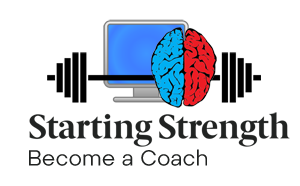Many exercise protocols tend to place an emphasis on compound movements and load training and do not include enough movements focusing on motor control. But for injury prevention and proper strengthening of the shoulder complex it is important to progress clients appropriately with a multi-phased approach including motor control, isolated strengthening and integrated dynamic movements. (7)
Teaching motor control should include a variety of cues including visual and verbal. (8) No weight should be used at first with the goal of developing perfect movement patterns in flexion, abduction, scapular plane, external and internal range of motion. This will become the baseline of movement to build from. Any alterations of perfect movement such as scapular winging, asymmetrical trapezius activation or compensatory cervical, thoracic or lumbar motion when weight is added would require a regression of less weight, changing to a more stable position or surface, or a combination of all. Although core stability is not the purpose of this article, it should be assessed as a strong core providing proximal stability will allow proper distal mobility and movement patterns of the shoulder.









